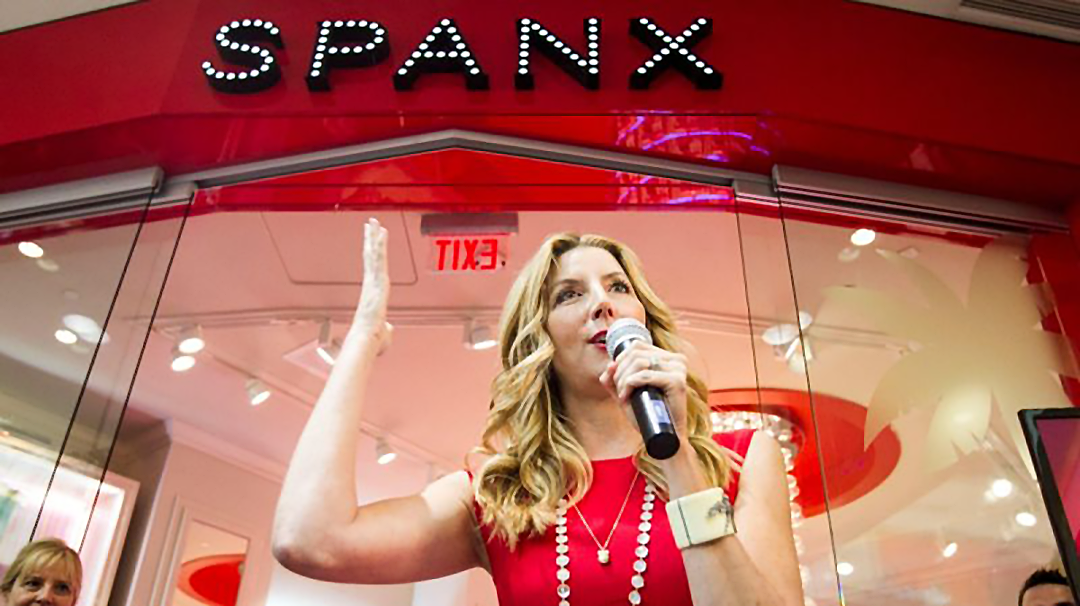Turning Adversity into Innovation: The Power of Breaking the Box
The Gift Hidden in Struggle
Adversity has a way of reshaping us, often in ways we least expect. It shatters the familiar, forces us out of our comfort zones, and pushes us to either retreat in fear or innovate in response. In The Box: How the Gift of Adversity Shapes Growth, Innovation, and Transformation, we explore the profound role adversity plays in breaking the constraints of our self-imposed limitations, allowing us to reimagine possibilities beyond our perceived boundaries.
The secret isn’t in avoiding adversity but in leveraging it. Whether on a personal level or within an organization, those who master the art of transforming setbacks into stepping stones cultivate resilience, adaptability, and groundbreaking innovation.
Reframing the Narrative: Lessons from Sara Blakely and Spanx
Sara Blakely, Founder of Spanx
Rather than being discouraged, Blakely embraced her lack of experience as an advantage.
A powerful example of using adversity as a catalyst for transformation is the story of Sara Blakely, the founder of Spanx. Before becoming one of the most successful female entrepreneurs in the world, Blakely faced rejection at every turn. She started with no fashion background, no investors, and no one willing to manufacture her product. She had an idea—seamless, body-smoothing shapewear that actually worked—but the industry gatekeepers refused to take her seriously.
Rather than being discouraged, Blakely embraced her lack of experience as an advantage. She saw things differently because she wasn’t bound by the industry’s existing limitations. She cold-called manufacturers until she found one willing to take a chance. She leveraged her own savings—just $5,000—to launch the company. And she personally hustled her way into getting Spanx into stores, even convincing Neiman Marcus buyers by demonstrating the product on herself in a restroom.
The adversity she faced—being underestimated, having no resources, and battling industry norms—became the very forces that fueled her success. Today, Spanx is a billion-dollar brand, and Blakely advocates for women in entrepreneurship, proving that rejection and roadblocks are often the birthplace of innovation.
Her story aligns perfectly with a key principle from The Box: Adversity doesn’t close doors—it forces you to build new ones.
Strategies for Leveraging Adversity for Innovation
Reframing Failure as a Stepping Stone
– The most successful innovators understand that failure is not the end—it’s an essential part of learning. Blakely was repeatedly rejected by manufacturers, but instead of giving up, she treated every “no” as a stepping stone toward the next opportunity.Developing a Box-Breaker’s Toolkit
– In The Box, we introduce the idea that innovation thrives when we intentionally equip ourselves with tools for resilience. This includes building adaptability, cultivating courage, and seeking diverse perspectives to challenge our assumptions. Blakely didn’t follow conventional wisdom—she carved her own path by questioning industry norms.Harnessing the Power of the Collective
– True transformation rarely happens in isolation. Just as Blakely built Spanx by leveraging word-of-mouth and championing other women in business, those facing adversity must tap into collective wisdom, collaboration, and mentorship to foster groundbreaking solutions.Recognizing That Adversity is a Design Tool
– Constraints often drive the most radical forms of innovation. Spanx was born because existing shapewear was uncomfortable and unflattering. Instead of accepting the norm, Blakely turned adversity into an opportunity to redesign an entire product category.Shifting from Scarcity to Possibility Thinking
– Blakely started with no funding, no experience, and no connections—but instead of seeing that as a disadvantage, she reframed it as an opportunity to think differently, move faster, and innovate freely. Instead of asking, “What do I lack?” the better question is, “What new pathways does this challenge force me to discover?”
Breaking Out of the Box
Every individual or organization will face adversity. The question is not if we will encounter it, but how we will respond. Will we shrink inside the box of fear, or will we push beyond the walls, embracing adversity as the very thing that unlocks our next stage of growth?
As The Box illustrates through stories of resilience, from Sara Blakely to entrepreneurs and social innovators, the answer lies in our willingness to see adversity not as an obstacle but as a doorway.
What’s the adversity that’s pushing you today? And more importantly, how will you use it to break your own box?


